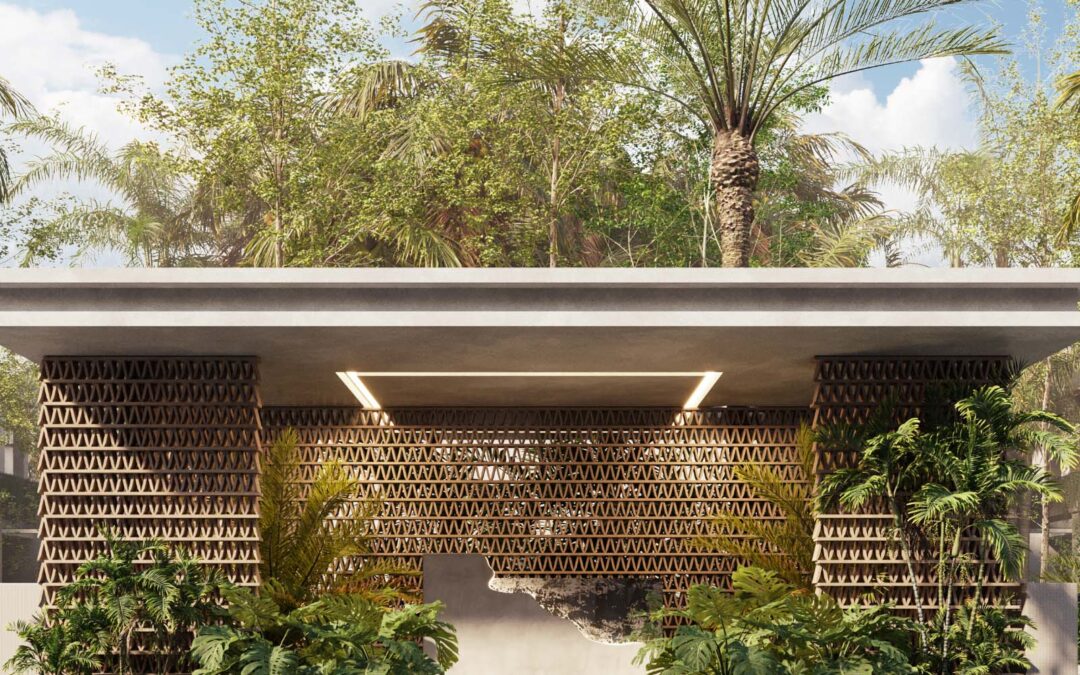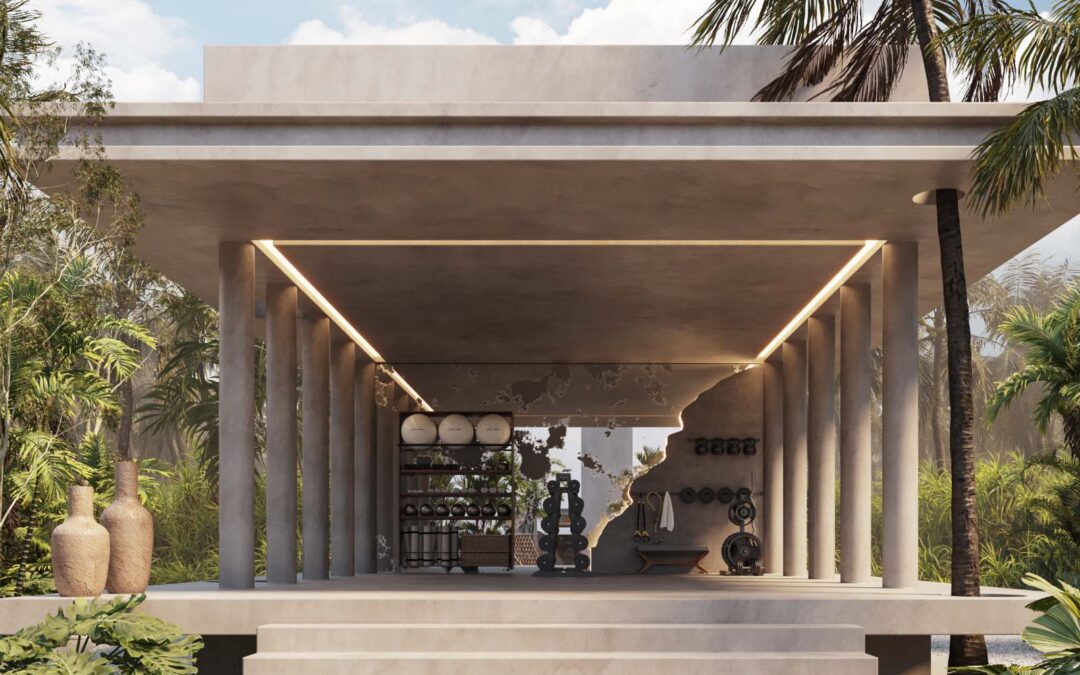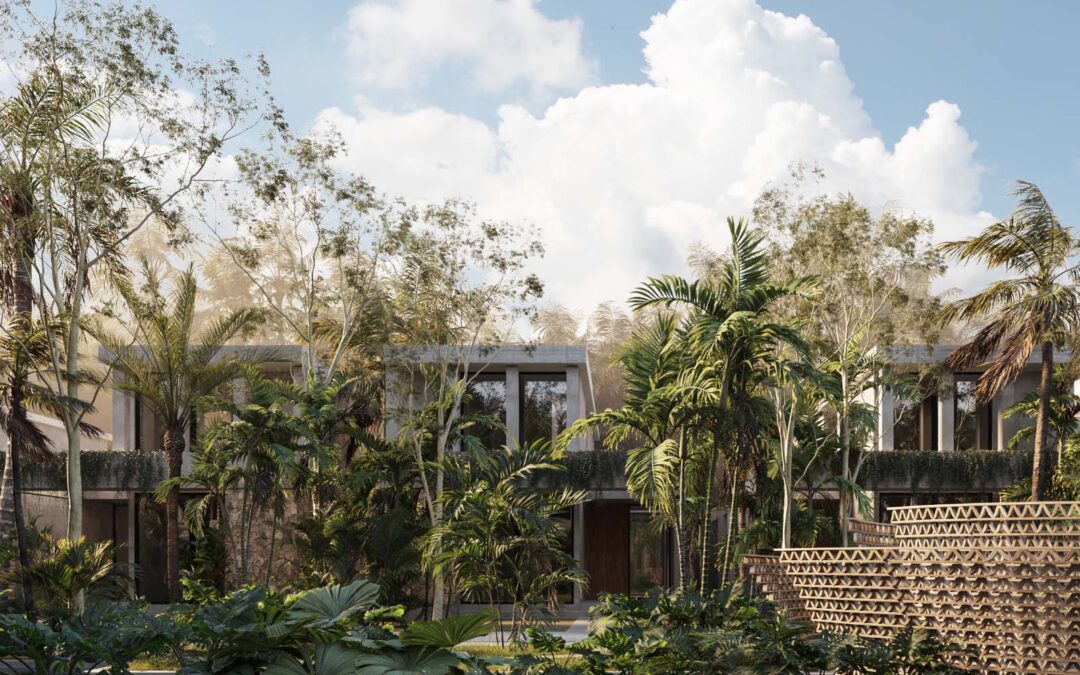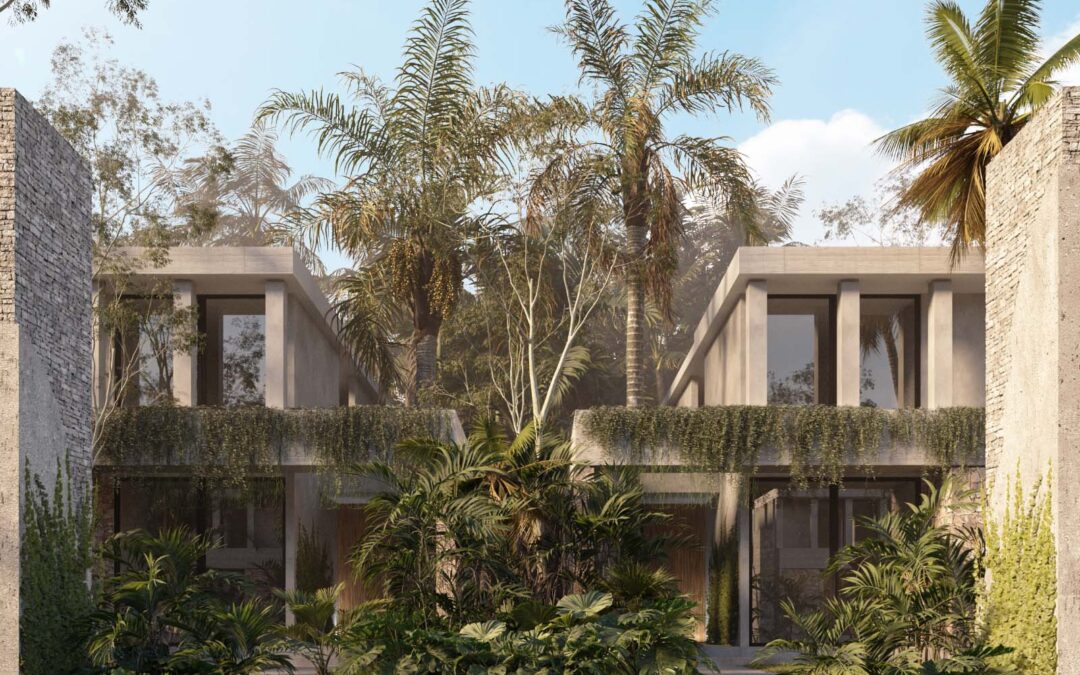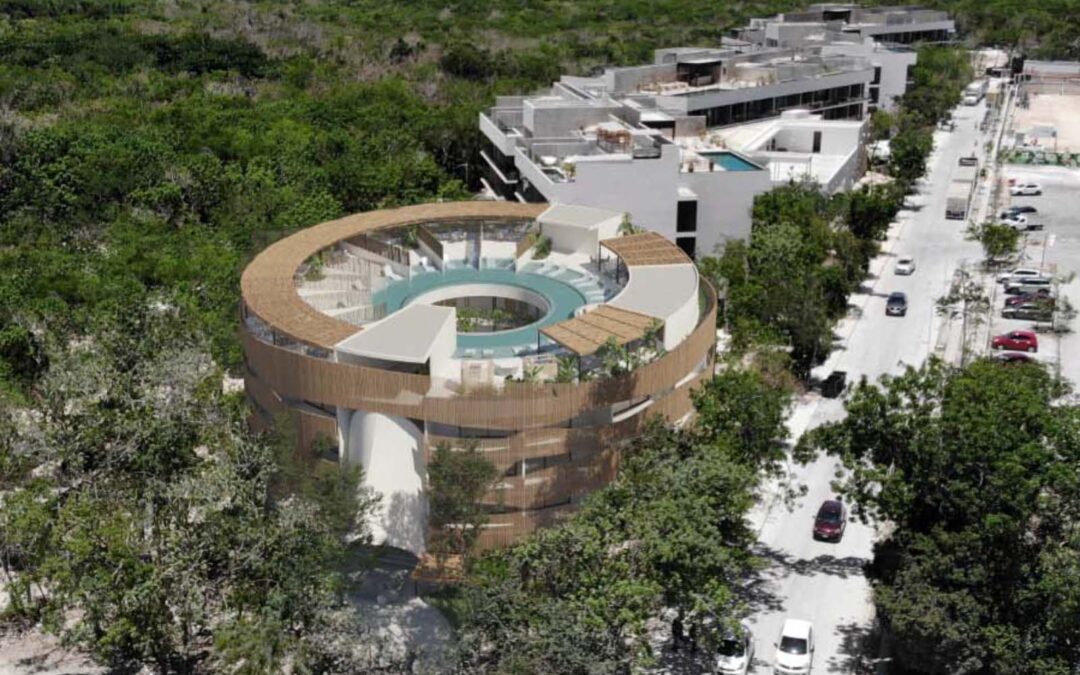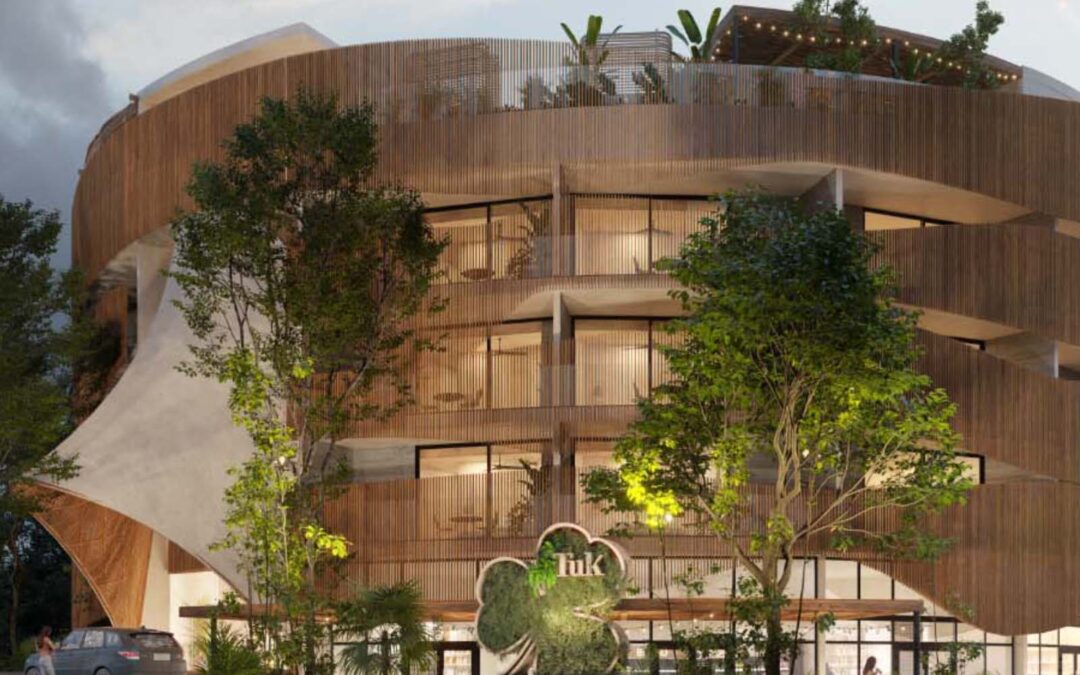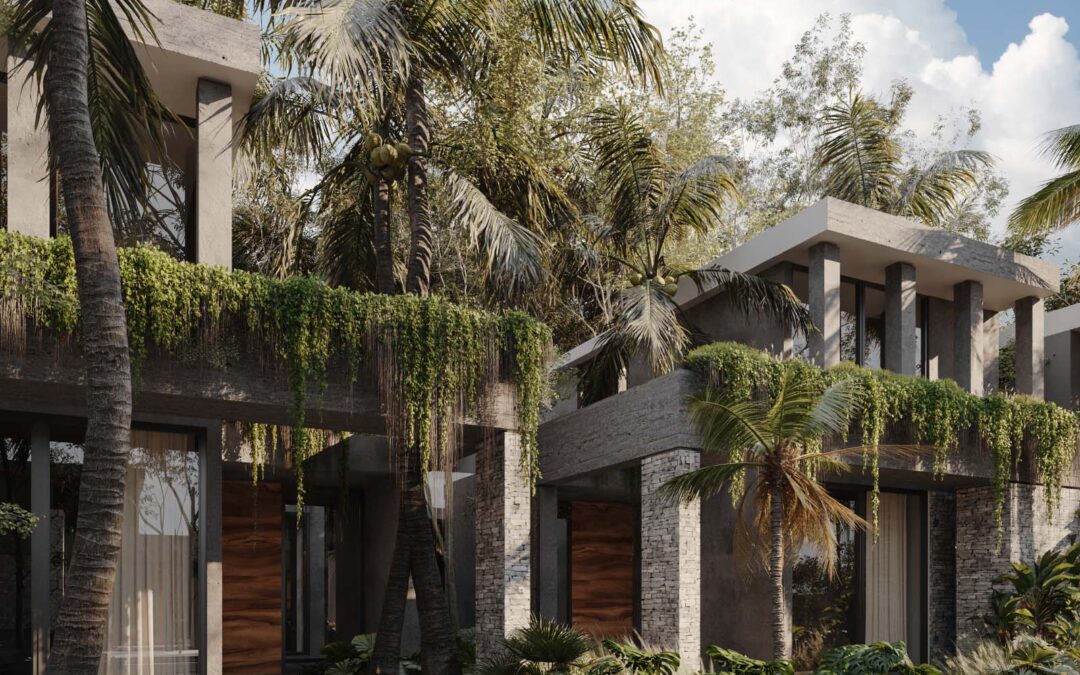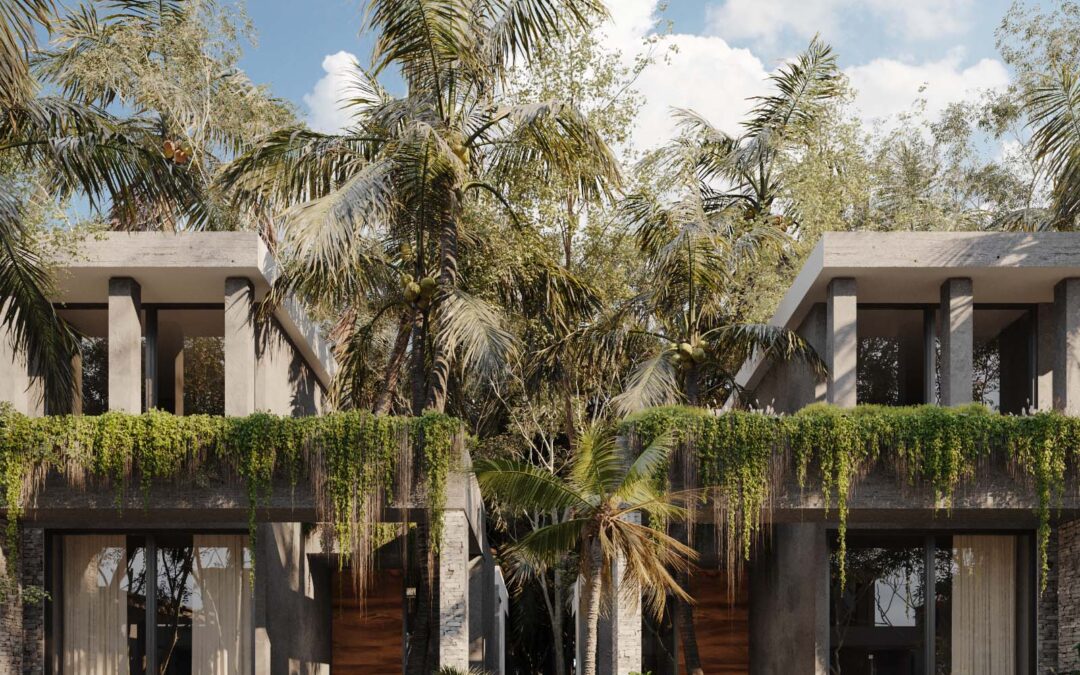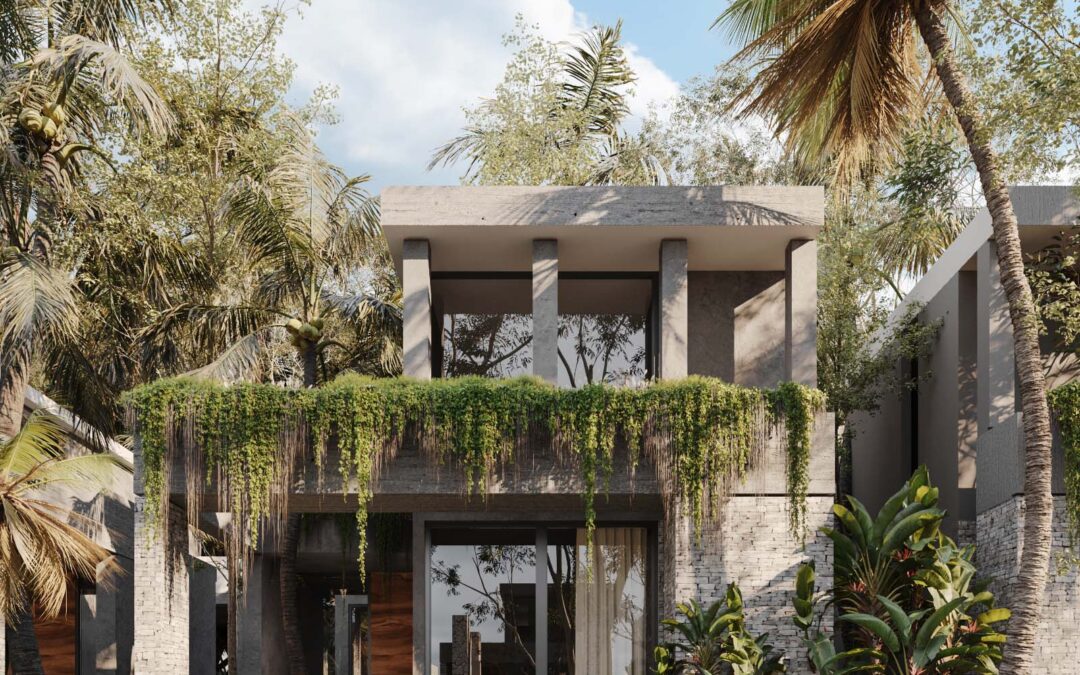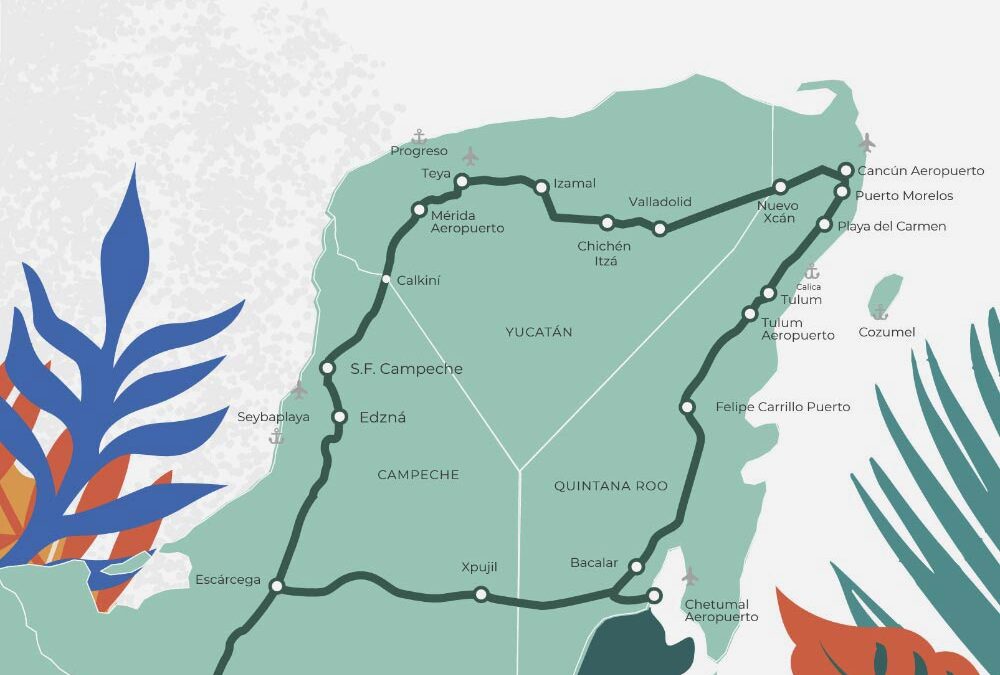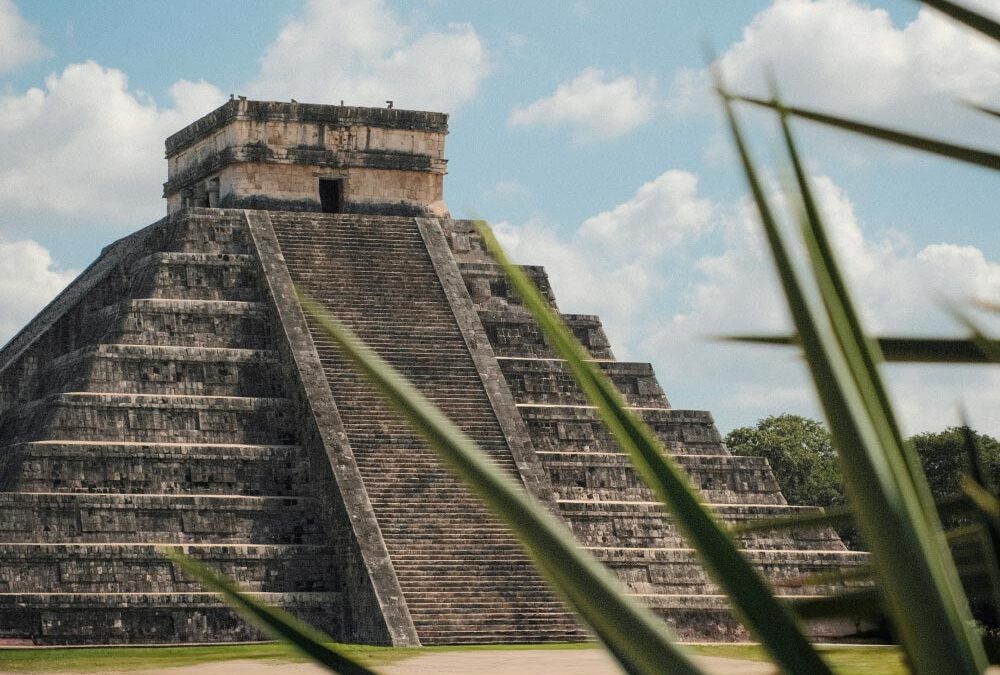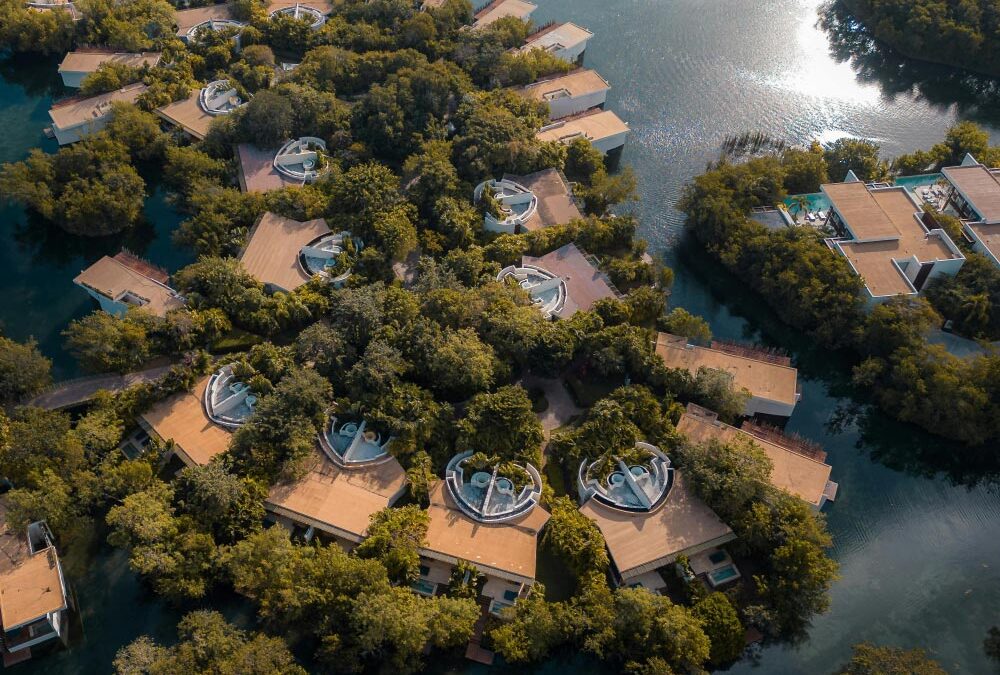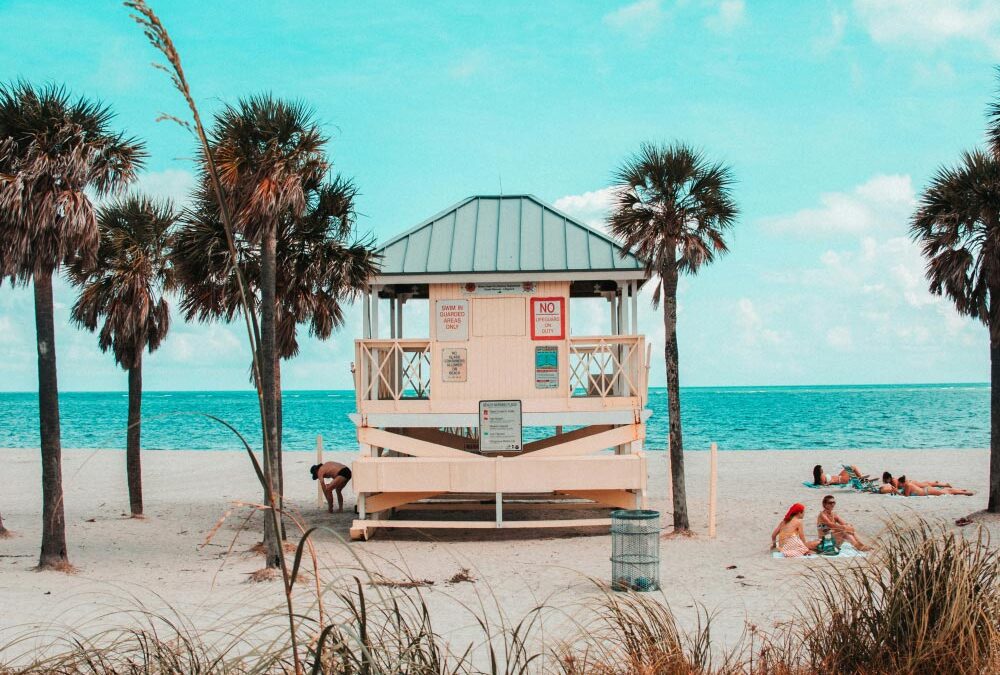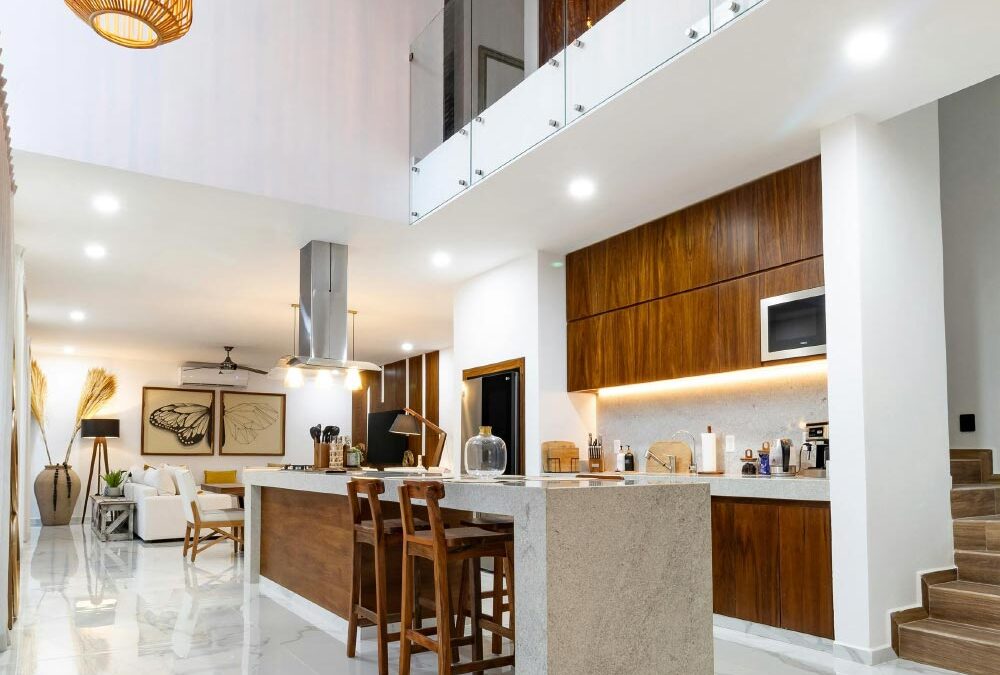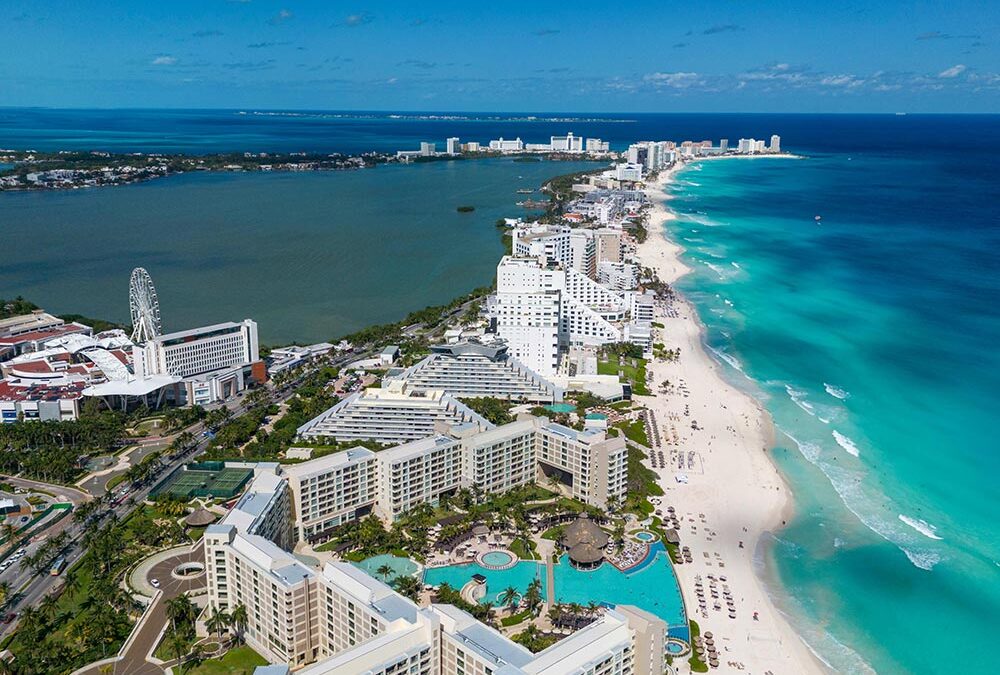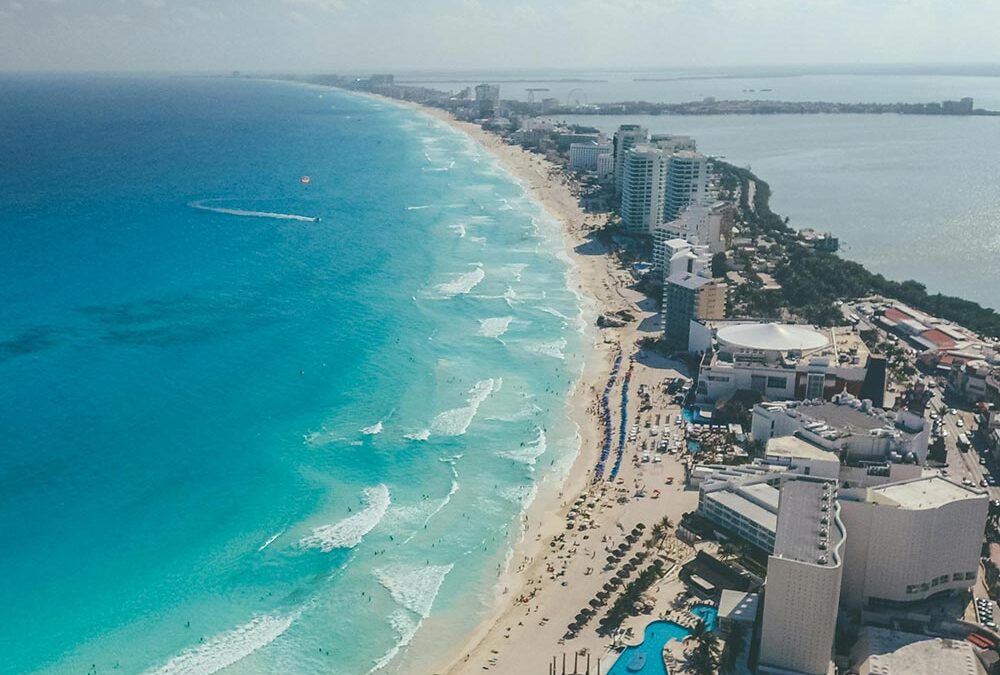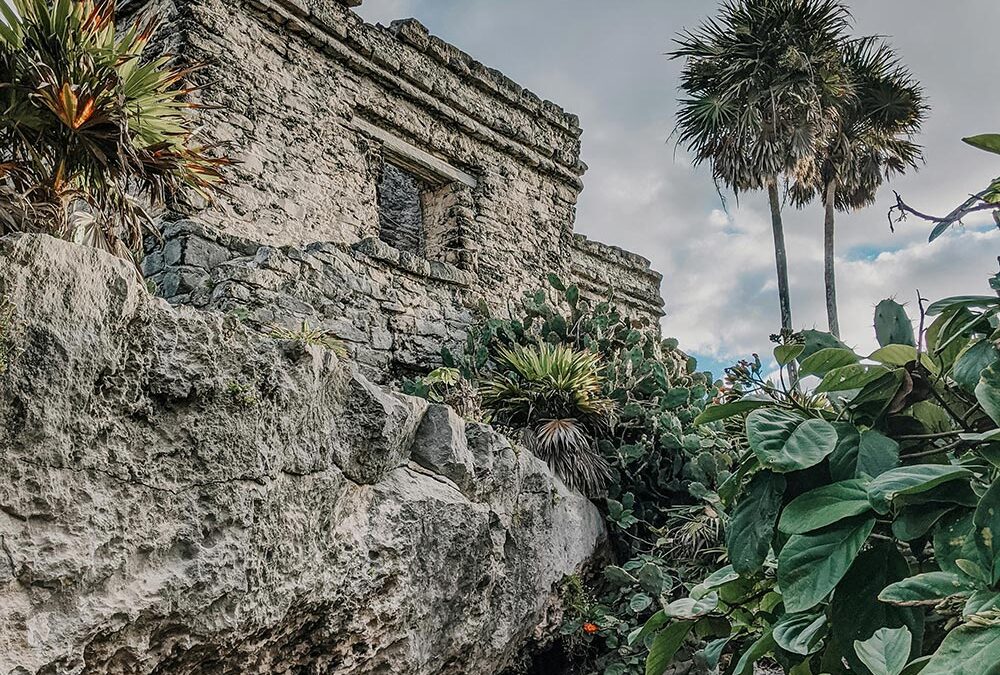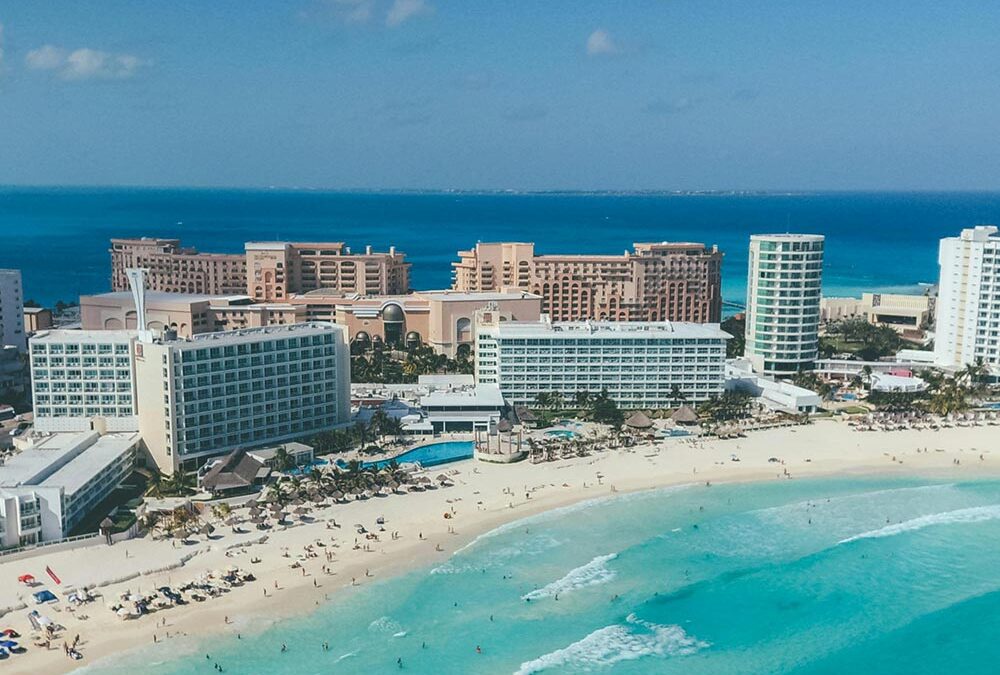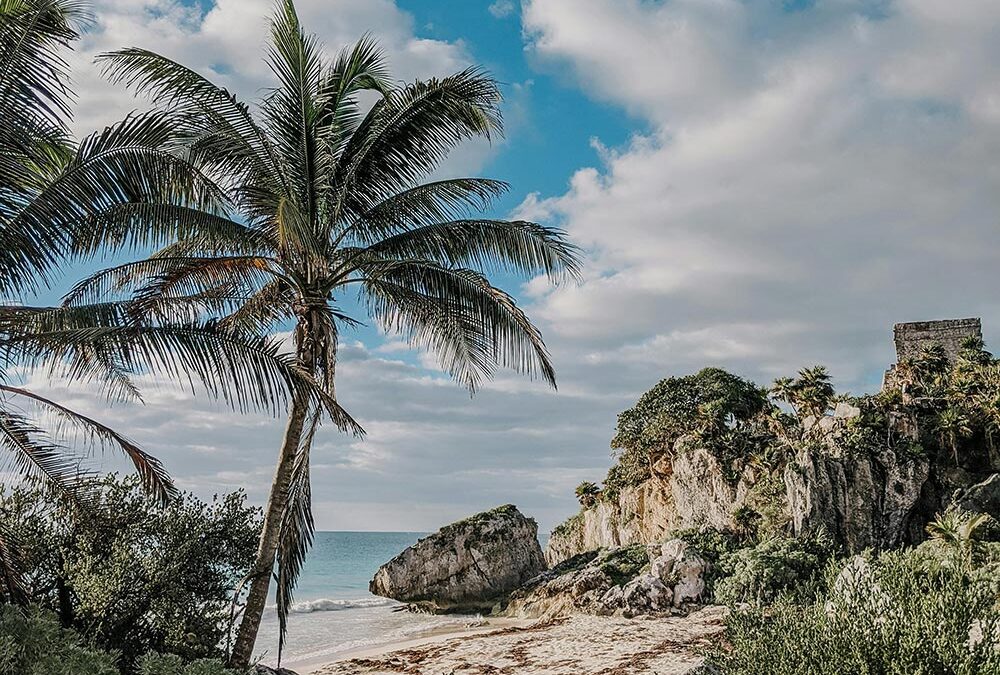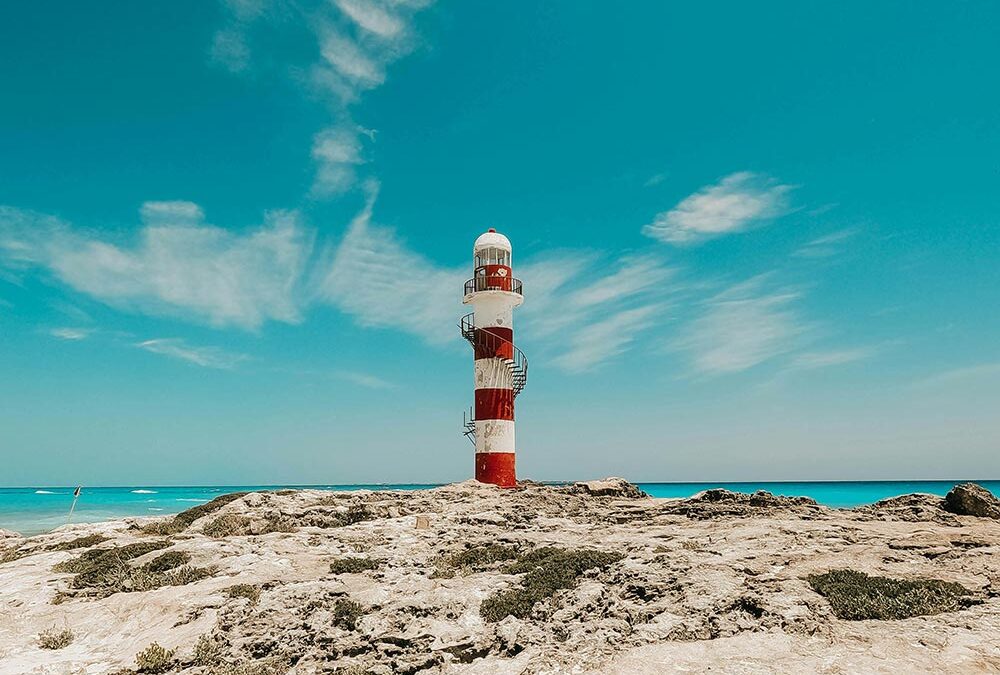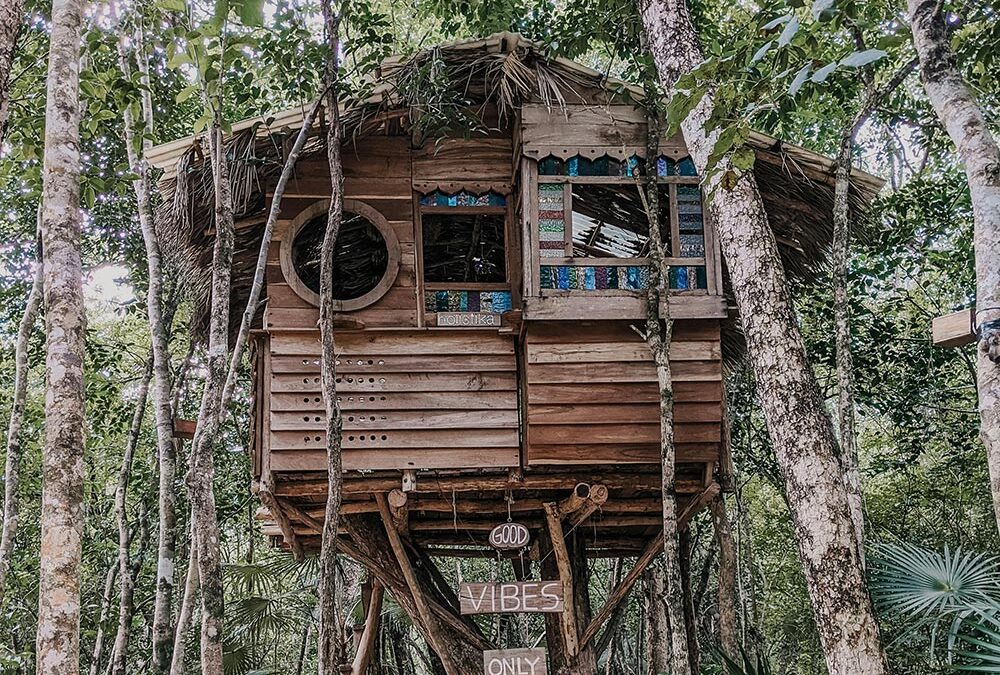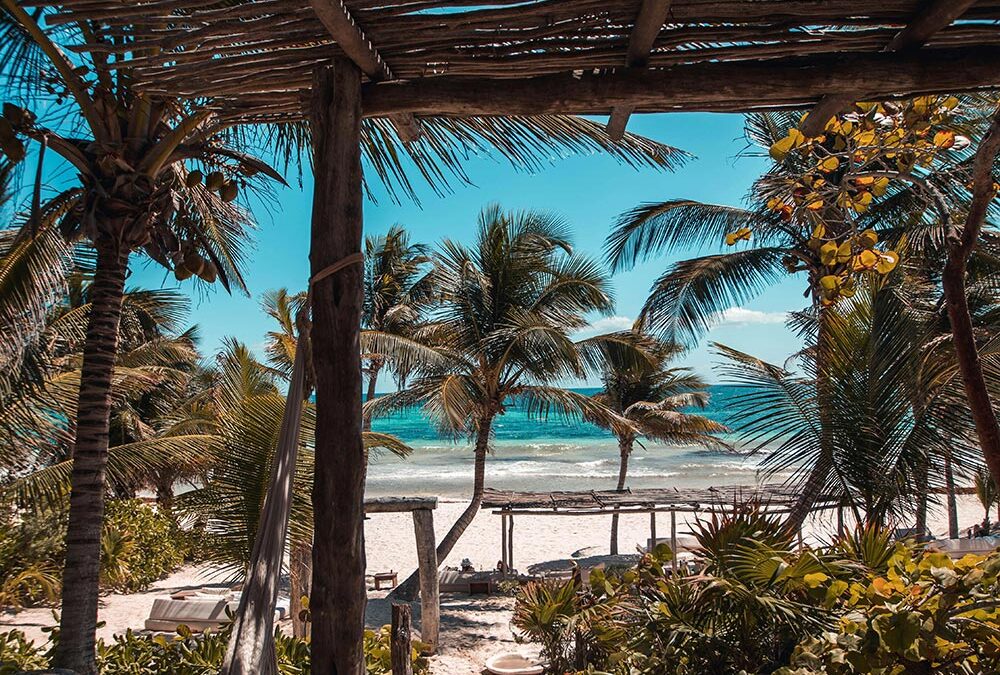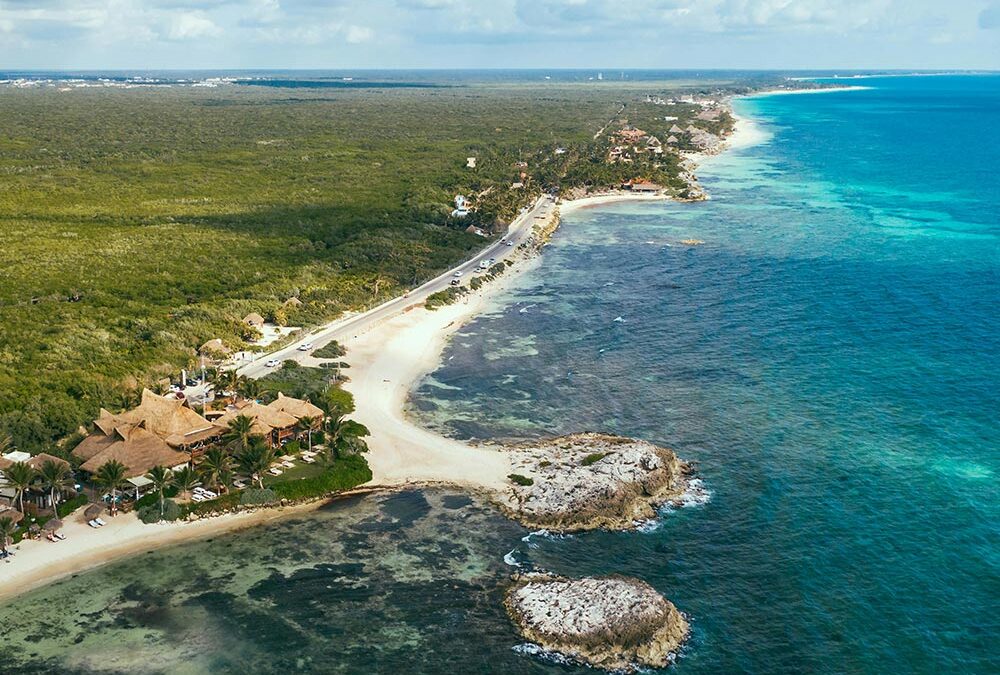Gold has captured the imagination of investors for centuries, valued as a protective hedge against inflation and a safe haven when markets turn volatile. While this precious metal certainly has its virtues, it lacks one crucial ingredient for sustained wealth creation: the ability to generate active income. Enter Tulum real estate, a dynamic market along Mexico’s Caribbean coast that seamlessly blends capital appreciation with consistent rental revenues. Rather than letting your funds languish in a vault, you can invest in tangible properties that produce real returns—month after month, year after year.
This article explores why Tulum’s property sector stands out as a modern path to wealth, from the town’s eco-luxury appeal to its compelling rental demand. You’ll discover how stable occupancy rates, government-backed infrastructure projects, and strategic development restrictions keep Tulum’s property values on an upward trajectory. By the end, you’ll understand exactly why many global investors see Tulum real estate, not gold, as the key to a truly robust and reliable Return on Investment (ROI).
Index of Content
- Gold’s Constraints: No Rental Income, Limited Growth
- The Tulum Edge: More than Just a Beach Destination
- Driving Rental Returns & Property Appreciation
- Financial Strategies & Projected ROI
- Risk Management & Market Stability
- Conclusion
- Case Study
- FAQs
Gold’s Constraints: No Rental Income, Limited Growth
Stagnant Value Creation
Gold has a reputation for preserving wealth, but it does so passively. Whether held in physical bars or exchange-traded funds (ETFs), gold does not produce dividends or monthly returns. Its entire value hinges on market sentiment, geopolitical events, and central bank policies—forces well beyond an individual investor’s control. While gold can experience sudden price spikes during economic uncertainty, it often remains inert during stable periods. This leaves investors waiting on fluctuating market cycles rather than actively growing their capital.
Moreover, gold cannot be enhanced or improved over time. You can’t renovate a gold bar to boost its value or rent it out to tourists seeking unique experiences. By contrast, Tulum properties offer a hands-on opportunity to upgrade, reposition, or market your asset for greater returns. Rather than merely hoping for price appreciation, real estate owners can generate consistent rental income while waiting for the property’s value to climb organically.
- Gold’s static nature means zero monthly returns—its worth is tied solely to spot prices.
The Tulum Edge: More than Just a Beach Destination
Sustainable Luxury and Global Branding
Located on Mexico’s picturesque Yucatán Peninsula, Tulum’s brand as an eco-conscious, bohemian-luxe haven has captured the world’s attention. Unlike mass-market tourist hubs, Tulum prioritizes sustainable developments, blending modern comforts with natural landscapes. This approach draws in discerning travelers willing to pay premium rates for eco-friendly villas, stylish condos, and boutique hotels.
Over the past few years, Tulum has transitioned from a bohemian backpacker’s secret to an international magnet for entrepreneurs, digital nomads, and vacationers seeking an upscale beach experience. Government agencies and private developers have channeled resources into infrastructure—like improved roads and utilities—to support this expanding tourism flow. With no signs of slowing down, Tulum’s property market benefits from both continuous visitor demand and limited land availability, factors that bolster its long-term investment prospects.
Infrastructure Investments and Future Growth
Major projects such as the planned Tulum International Airport and expansions in local highways are set to enhance the region’s accessibility. These initiatives are expected to attract even more visitors, further driving up rental occupancy and property values. Additionally, Tulum’s strong emphasis on ecological preservation prevents overdevelopment, thus avoiding market saturation while maintaining the town’s unique appeal. This equilibrium of high demand and moderated supply creates a stable environment in which investors can thrive.
Driving Rental Returns & Property Appreciation
Short-Term Rentals for Consistent Cash Flow
Tulum’s tourism scene plays a pivotal role in generating robust rental incomes. Platforms like Airbnb make it easy for property owners to tap into an international pool of travelers seeking distinctive, eco-luxury stays. Throughout high season (December to April), occupancy rates can soar to over 80%, with nightly rates ranging from $150 to $500, depending on property amenities and location. During off-peak periods, a healthy influx of expats, digital nomads, and alternative travelers keeps many units reasonably occupied year-round.
This recurring rental income doesn’t just cover mortgage and maintenance expenses—it can also generate solid profit margins. Such a business model is unheard of for gold, which remains idle in vaults or brokerage accounts until investors decide to sell. Real estate in Tulum, by contrast, provides monthly revenue that can be reinvested, allocated toward property upgrades, or used to diversify one’s portfolio further.
Capital Growth and Value Enhancement
Properties in prime Tulum districts—beachfront zones, Aldea Zamá, La Veleta—have historically appreciated between 8% and 15% annually. This steady growth surpasses many gold price benchmarks, which often rise and fall abruptly based on macroeconomic pressures. Tulum’s unique selling points—bohemian charm, sustainable development, and limited coastline—foster consistent long-term price increases. Meanwhile, owners can add further value by renovating, installing eco-friendly technologies, or updating interiors, all of which can significantly bolster both rental rates and resale value.
- Rising infrastructure and eco-luxury branding make Tulum properties prime assets for active value appreciation.
Financial Strategies & Projected ROI
Developer Financing and Mortgages
In contrast to gold’s typical requirement of upfront purchase, Tulum real estate often comes with developer financing plans for pre-construction projects. These deals let buyers secure a unit for as little as 30% or 40% down, with the remaining balance spread across the construction timeline—potentially interest-free. Once the project completes, new owners can refinance or rent out the property immediately. This staggered payment structure extends your liquidity and amplifies returns, as property values can rise even before the development is finalized.
Traditional mortgages are also available through Mexican banks or international lenders, especially for well-qualified foreign investors. Interest rates may vary between 5% and 9%, but even so, robust rental income can offset the loan payments. Through leveraged financing, owners multiply their potential ROI, capturing capital gains on the entire asset value, not just their cash down payment. Gold’s lack of consistent income makes leveraging it for greater returns significantly riskier.
Combining Cash Flow with Appreciation
Ultimately, Tulum properties offer two key revenue streams: ongoing rental income and long-term appreciation. Many owners find that short-term profits from rents and eventual capital gains—often in the 20%+ range over a few years—eclipse typical gold returns. While gold might deliver sharp, isolated price increases during global crises, Tulum’s real estate presents a steadier trajectory underpinned by tangible tourism demand and the ability for owners to actively boost property value.
By melding these dual earnings paths, Tulum real estate investments can comfortably achieve total annual returns of 15% or more—a far cry from the passive, unpredictable nature of gold. Rather than waiting on external factors like Fed interest rate decisions or currency fluctuations, Tulum owners can concentrate on tangible, local drivers: marketing their units effectively, partnering with reputable property managers, and keeping pace with design trends that resonate with Tulum’s eco-chic travelers.
- Monitor local occupancy rates and holiday booking patterns to refine your rental pricing strategy for maximum profitability.
Risk Management & Market Stability
Legal Protections and Transaction Security
Though some investors worry about overseas property regulations, Mexico provides structured routes for foreign ownership, particularly in coastal areas via a bank trust called a fideicomiso. This legal framework grants non-Mexican buyers all the rights of traditional property ownership—selling, renting, renovating—while keeping paperwork straightforward. Reputable developers and real estate agents often guide foreign investors through these processes, ensuring secure and transparent transactions.
Tulum’s municipal authorities also regulate new construction to preserve its natural charm and prevent market oversupply. Such policies maintain a healthy balance between demand and the pace of development. Fewer uncontrolled building sprees translate into more stable property values and rental rates. Investors thus enjoy a structured environment—one that encourages responsible growth and discourages speculative booms or drastic busts.
Diversifying Income Streams and Adapting to Change
Tulum real estate isn’t solely about short-term vacation rentals. The area’s year-round warm climate, expanding expat community, and digital nomad appeal give property owners alternative rental models to explore. By diversifying occupancy types—holiday guests, longer-term tenants, or seasonal professionals—you spread out potential market risks. Such adaptability further buffers your ROI, especially if macroeconomic factors disrupt tourism for a season.
While gold owners must passively monitor price charts, Tulum investors can pivot their strategy as needed. Whether adjusting nightly rates in response to currency changes or shifting marketing efforts to alternative travel platforms, real estate ownership enables a hands-on approach to sustaining profitability. In the face of global economic uncertainty, Tulum’s hyper-local resilience and flexible rental models often deliver a calmer, more reliable return path than gold’s volatile price swings.
Conclusion
Gold may have a storied legacy as a safe haven, but in today’s fast-evolving world, Tulum real estate offers the real ROI opportunity. By merging high rental yields and steady appreciation, Tulum properties provide a tangible, income-generating asset that far outperforms gold’s static, crisis-dependent gains. Tourism demand, eco-luxury branding, and infrastructural developments anchor Tulum’s market, fostering a stable environment where capital doesn’t just sit still—it multiplies.
Whether you’re seeking to diversify an established portfolio or looking to replace a dormant gold holding, Tulum’s property sector stands ready. From developer financing plans to short-term rentals, a range of practical and strategic avenues help investors earn immediate returns and secure future growth. By investing in Tulum, you position yourself on the front lines of a destination with global appeal, consistent growth, and the undeniable advantage of producing active monthly income—something gold simply can’t match. In short, forget gold—Tulum real estate is where your money truly matters.
Case Study: Turning Idle Assets into Active Wealth
Meet Laura, a 50-year-old marketing executive who had stored part of her savings in gold for nearly a decade. While gold had protected her capital in uncertain times, its overall returns were muted. Curious about global real estate opportunities, she set her sights on Tulum’s rising market. After thorough research, Laura purchased a two-bedroom pre-construction condo near Tulum’s beach for $220,000, paying 40% over an 18-month construction schedule.
Once the property was completed, it appraised at $260,000—an 18% appreciation before she even opened the doors to renters. Listing it on popular vacation rental platforms, Laura soon averaged a 70% occupancy year-round, netting around 8% in annual returns above her carrying costs. The property’s combined appreciation and cash flow left her gold holdings in the dust. After seeing tangible monthly income and a real boost to her net worth, Laura swiftly moved another portion of her gold reserves into a second Tulum property, firmly believing the shift had given her finances a new lease on life.
FAQs
1. Do I need to be physically present in Tulum to manage my property?
No. Many owners hire reputable property management companies to handle guest check-ins, maintenance, and cleaning. This arrangement allows you to invest remotely while still capturing strong rental income.
2. Is buying property in Mexico’s coastal areas legal for foreigners?
Yes. Foreigners can purchase coastal properties through a bank trust (fideicomiso), a secure arrangement granting full ownership rights to non-Mexican buyers. Experienced real estate agents and attorneys will guide you through the process.
3. How does Tulum’s property appreciation compare to gold price growth?
Tulum real estate typically sees 8–15% annual appreciation in prime zones, plus rental yields of 5–10%. Gold, by contrast, produces no monthly returns and often hovers at single-digit annual growth unless a global crisis spurs a rapid price spike.
4. What if demand for Tulum tourism declines?
Tulum’s diversified traveler base, which includes eco-tourists, digital nomads, and retirees, helps maintain stable occupancy even if a certain segment declines. The town’s strong brand appeal and infrastructural advancements also enable quicker recoveries post-downturn.
5. Are there tax advantages to owning Tulum real estate?
Mortgage interest and certain property expenses can be deductible, depending on your home country’s tax treaties. Always consult with a tax professional familiar with Mexican and international regulations to optimize your tax strategy.

